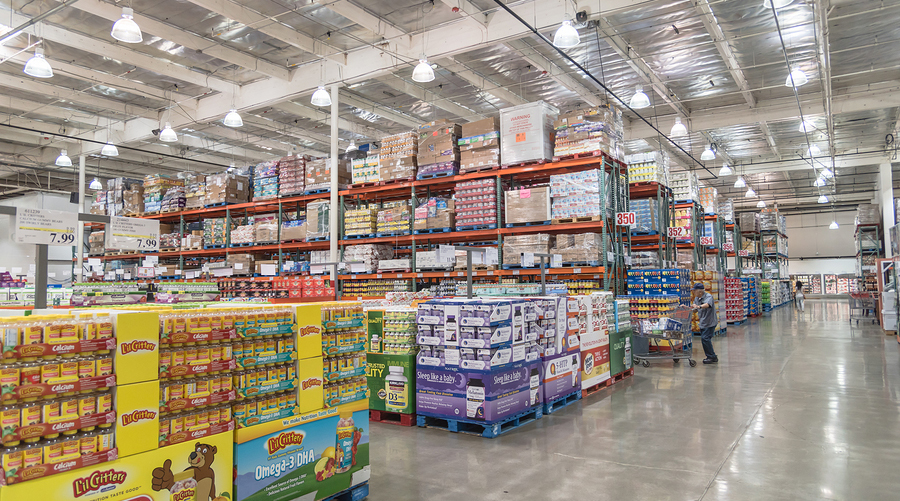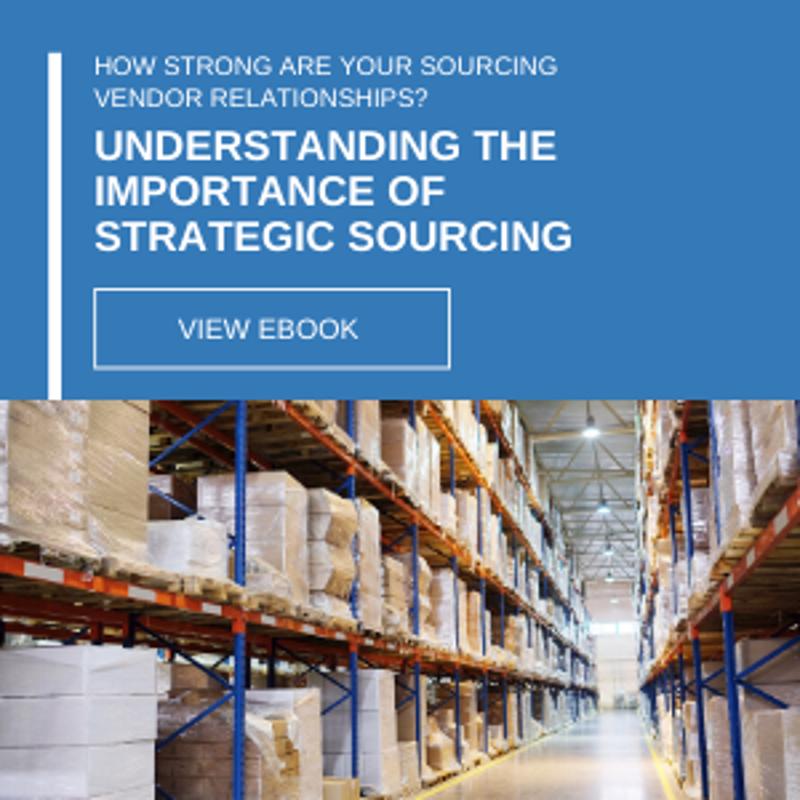
Supply Chain Management: How Businesses Can Increase Resilience and Mitigate Disruption
Nearly as soon as confirmed cases of coronavirus began growing in the U.S., abnormal became the new normal. Schools have shut down across the nation, employees who have never worked from home have begun working remotely full-time, and dine-in restaurants have transformed seemingly overnight into takeout eateries. At supermarkets, formerly pedestrian purchases like paper towels, toilet paper, canned goods and frozen vegetables have suddenly become hot ticket items. While some businesses have been able to roll with the punches fairly smoothly, the transition has been more challenging for others, resulting in furloughs, layoffs and significant delays to previously scheduled deliveries.
The suddenness of the pandemic has many business leaders in virtually every industry pausing to reflect their supply chain management: Do I have the systems in place to continue business operations now and in the future?
Supply chain management
Perhaps the biggest impact COVID-19 has had on businesses is within the supply chain. Indeed, according to the Institute for Supply Chain Management, approximately three-quarters of firms throughout the U.S. have felt some degree of supply chain disruption, from stoppages to shortages to delays. A poignant example is with PPE and protective supplies. There has been a shortage of hand sanitizer, face masks and latex gloves in both the retail segment and in healthcare facilities, ultimately affecting health care workers who need protective personal equipment to reduce the risk of infection while treating patients with COVID-19.
The federal government has helped to increase the supply of PPEs by invoking the Defense Production Act, which mandates certain high-capacity industries to pause what they’re doing and devote resources to producing life-saving products and equipment. But even prior to the White House taking these rare measures, many within the business community were already stepping up to the plate. As noted by Forbes, clothing manufacturers began mass producing medical masks and protective clothing. 3-D printing firms fabricated print protective visors and liquor brands swapped out glass bottles on production lines for the plastic kind, filling each with hand sanitizing solution.All business owners are to be commended for their selflessness, but in many cases, the precautions and fail-safes they’d previously arranged allowed them to avail themselves at a moment’s notice, without compromising their own abilities to maintain or increase productivity.
Ken Glasser, a global sourcing contracts manager at Axcelis Technologies, told Supply Chain Dive that dual sourcing has made supply chain disruptions easier to manage.
“We’ve been able to maintain a good flow of materials from our sources in China throughout the pandemic,” Glasser explained. “There have been some slight interruptions from time to time but generally, we are getting everything that we need to maintain our production schedules.”
Dual sourcing serves as a hedge against supply chain risk. Should one supplier be unable to provide a specific product or service, a second or third supplier can make up the difference.
Addressing constrained capacity
With “sold out” and “out of stock” signs becoming more common in convenient stores and super markets, the speed with which these fast-selling items reappear tends to vary. Toilet paper proved to be a popular item early on, with many shoppers buying in bulk. Weeks later, stores continue to sell out. Economists point to robust demand and lockdown orders as the prime reasons for constrained capacity, as some manufacturers are working with skeleton staffs or are offline completely.
Retailers have addressed this issue through numerous strategies. Some have restrictions that allow only so many rolls per purchase. Others have cut down on business hours so operators have more time to devote to restocking without having to compete with grab-and-go customers.
Although toilet paper predominantly comes from either virgin pulp trees or recycled pulp, the industry may look for alternative sources to avoid similar issues in the future. In a statement obtained by Vox from Georgia-Pacific, the Atlanta-based toilet paper supplier noted advanced resource capacity planning and optimizing existing work processes has allowed the company to increase its normal capacity by 20%.
Ongoing worker education
The stock market is proof positive as to the enormous impact the pandemic is having on the national economy; nearly every day that passes sees dramatic jumps and declines in the Dow Jones Industrial Average, climbing 900 points on one day, then plummeting over 1,500 points the next.
Employees are also experiencing tremendous instability. The economy lost over 700,000 jobs in March alone, and in a span of three weeks, more than 16 million people filed for unemployment benefits. Some economists speculate the jobless rate could top 15%.
Layoffs and furloughs have resulted from the sudden loss in demand in certain industries. As a result, organizations have ultimately had to improvise and do more with less. This has involved educating tenured staff to handle or learn skills as an accompaniment to their current workload. In some cases, crash course training sessions have been employed in response to the virus infecting existing staff, rendering them unable to be on site for fear of further spread of the disease.
“Workers’ ability to understand new workflows depends on ‘buy-in’ on the part of employers and employees.”
Workers’ ability to retain and understand new workflows is heavily dependent on “buy-in” on the part of both employers and employees. If staff has a genuine willingness to learn, and employers are clear about instructions, disruptions can be minimized.
These efforts and more can help businesses achieve resilience in the face of situational adversity. Peter Bolstorff, executive vice president for the Association for Supply Chain Management, told Supply Chain Dive that organizations’ ability to adapt and improvise in high pressure situations hinges on planning. Readiness entails truly understanding every aspect of the supply chain — in all its forms — to enhance visibility and transparency. Clarity allows decision makers to ameliorate certain pain points and weaknesses so they don’t become major problems.
If nothing else, the rolling impact of the last few months re-emphasizes the importance of expecting the unexpected. If you’re looking to improve existing processes to better plan for the future, USC Consulting Group can help. Whether it’s optimizing your supply chain, assisting with strategic sourcing or helping staff adjust to new working environments through ongoing education, USC Consulting Group is dedicated to empowering performance. Contact us to learn more.








